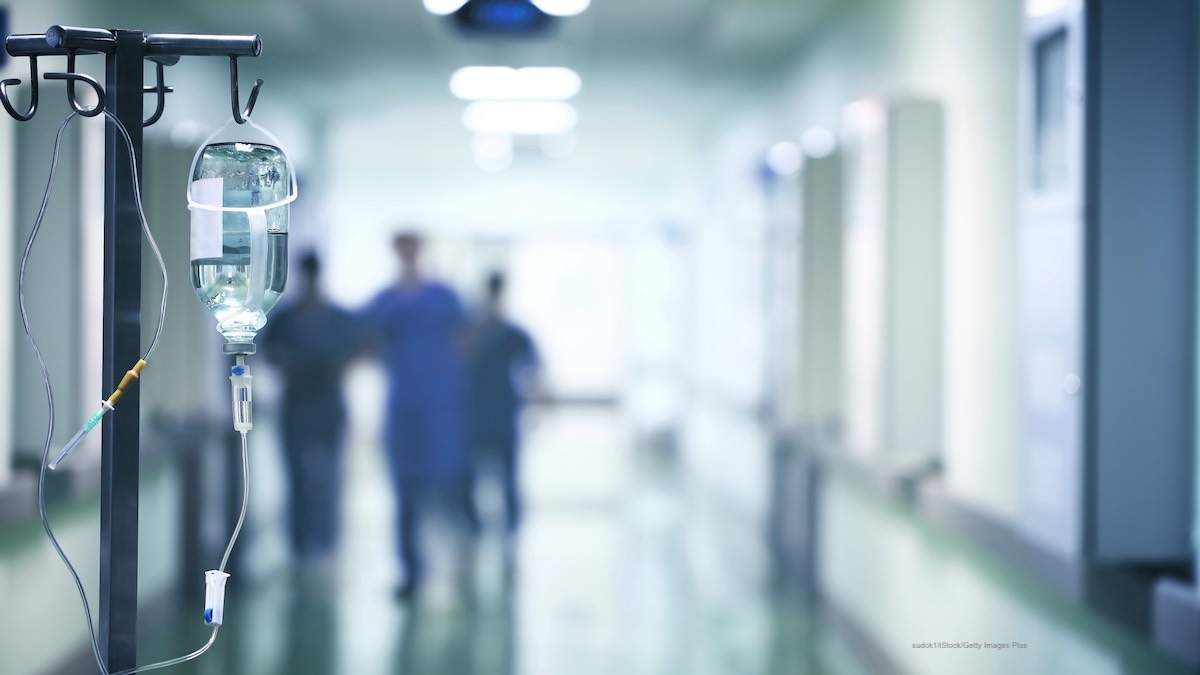The E. coli O157 outbreak in Knox County, Tennessee that sickened fifteen children had two sources, according to the Knox County Health Department. Fifteen confirmed cases were reported to KCHD in the last several weeks in this Tennessee E. coli outbreak.

Nine of those children were hospitalized because they were so sick in this Tennessee E. coli outbreak. Seven patients developed hemolytic uremic syndrome (HUS), a type of kidney failure. Of the children who were hospitalized, one remains in fair condition at Tennessee Children’s Hospital.
Lab reports confirmed that two different strains of E. coli O157 bacteria caused these illnesses. KCHD Director Dr. Martha Buchanan said in a statement, ““While it is rare, it appears we had two sets of children sickened by two different strains of E. coli O157 at the same time. The epidemiological evidence overwhelmingly supported the two-source theory: consumption of raw milk and some type of contact, most likely indirect, with ruminant animals. “The investigation revealed no definitive connections between the two sources or the two groups of ill children. And this is now supported by the state’s lab results confirming it was two different strains of E. coli O157.”

Attorney Fred Pritzker has represented many clients sickened with E. coli infections and HUS. Call 1-888-377-8900 for help.
Attorney Fred Pritzker, who won $7.5 million for a child who developed HUS after an E. coli infection in 2016, said, “The suffering these children experience is terrible. And they may have lifelong health problems because of this infection. Some may need kidney transplants. An E. coli infection can be very dangerous to young children.”
Ten of the fifteen children sickened in this Tennessee E. coli outbreak consumed raw milk from French Broad Farm in Knox County. That was the only common link among all ten children. In addition, lab results confirmed those children were sickened with the same strain of E. coli O157. This strain is a DNA fingerprint match to the E. coli O157 found in cow manure samples collected from French Broad Farm.
Testing did not find any E. coli O157 in the raw milk samples, but this doesn’t mean the milk was uncontaminated. E. coli bacteria collect in microscopic clumps in liquid. And it only takes 10 E. coli bacteria to make someone very sick. One person taking a sip of milk could consume the E. coli bacteria, and another could drink the rest of the milk and not get sick.
The press release states, “This is one reason why raw milk is inherently risky. Due to the nature of E. coli and other pathogens that can be present, and even with the strictest safety precautions in place at a dairy, including testing the milk, there is no way to guarantee raw milk is safe for consumption. This is why health officials recommend the public consume only pasteurized milk and dairy products.”
The common link among the other five ill children was attending Kids Place Inc., a child care facility in Mascot, Tennessee. Goats are kept there. Those five children were sickened with the same strain of E. coli O157. This strain matched E. coli O157 bacteria found in the goat fecal samples and one hay sample collected from A Kids Place.




